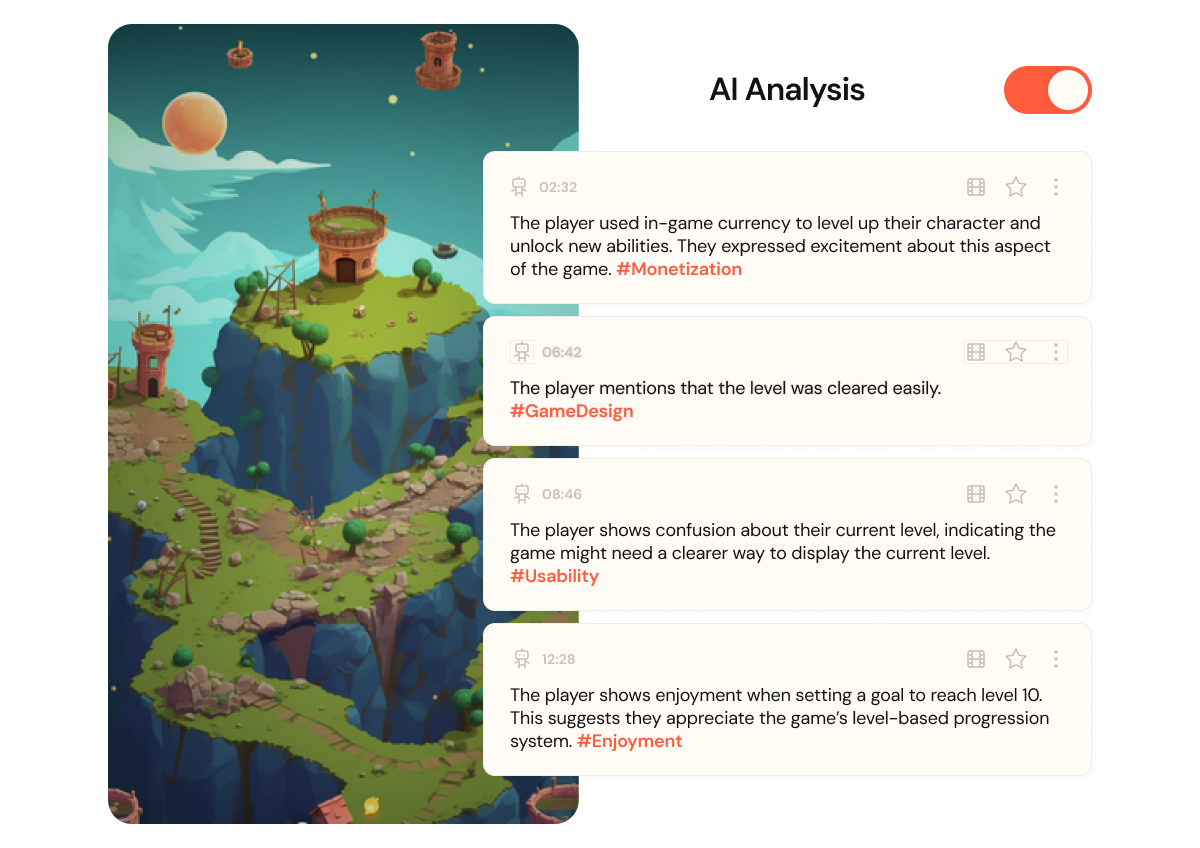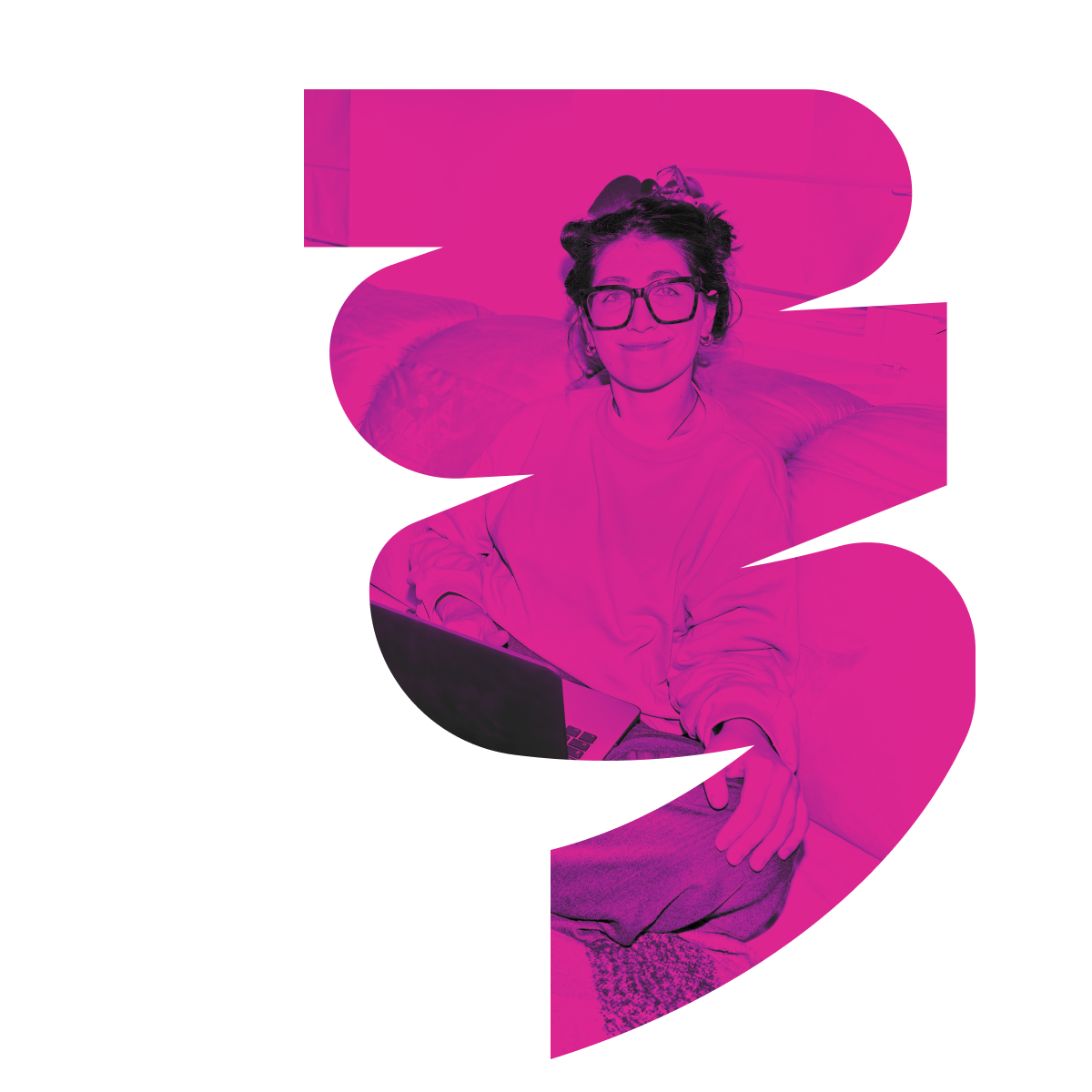Get authentic, rapid feedback from your target players and make smart development decisions faster.


Order playtests 24/7 directly in the platform, without needing any contact with our team. We’re also here if you need us, to support your research team (or be your research team).


AI powered analysis reviews your playtest videos and spotlights key moments, provides instant annotations and summaries, and creates a roadmap of player feedback so you know exactly what to tackle next.
Research and playtesting isn't QA. It's about understanding player motivations, and gathering evidence to build the best experience possible—while saving crucial time and budget. Validate big swings before you make them, and never regret a guess again.



Working without PlaytestCloud is like trying to play the Moonlight Sonata with only one hand.
Callum Godfrey, Head of Casual Mobile Games

While competitors might be cheaper, the quality is just not the same. PlaytestCloud is consistent with the quality of player insights from each playtest, and the team has been great to work with.
Rob Whitehead, Director of Product Strategy

Love working with PlaytestCloud these past few years.
Senior User Experience Researcher
We scale your efforts, bolster your team’s capabilities and support your quest to build a better player experience with training, resources and our on-demand experts.
